Linear actuators are designed to generate mechanical linear motion by converting other forms of energy into mechanical energy. Almost all automation processes in factories or other industrial settings use linear actuators so that they can push, rotate, transport or lift parts and equipment during manufacturing. Read More…
Del-Tron Precision, Inc. was founded in order to serve the needs of automated equipment manufacturers for innovative, high quality and reasonably priced anti-friction linear bearings and associated products such as valve actuators.
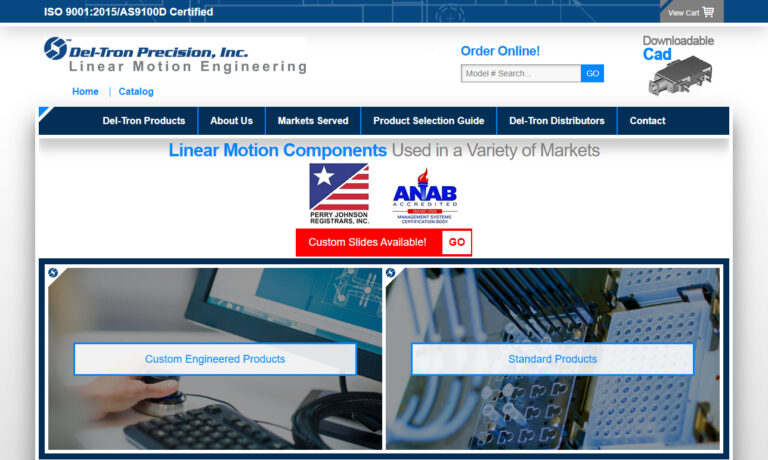
Utilized in a variety of applications and industries, the products designed and manufactured at Burr Engineering & Development include ball screw actuators and similar mechanisms.
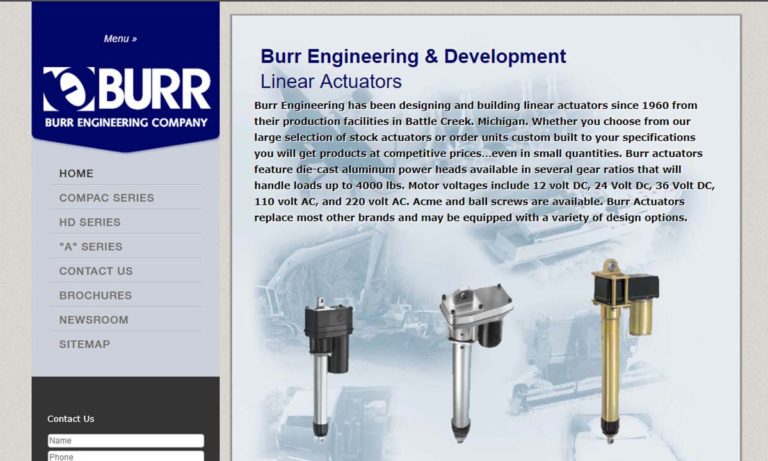
At IAI America, we are dedicated to providing value and originality with any product that we provide to you. Our linear actuator model types include slider, folded-motor slider, rod, and single, double, or ball-bushing type guided rod actuators. Our staff members are committed to being available in order to bring you full customer satisfaction while delivering the products that will best suit...
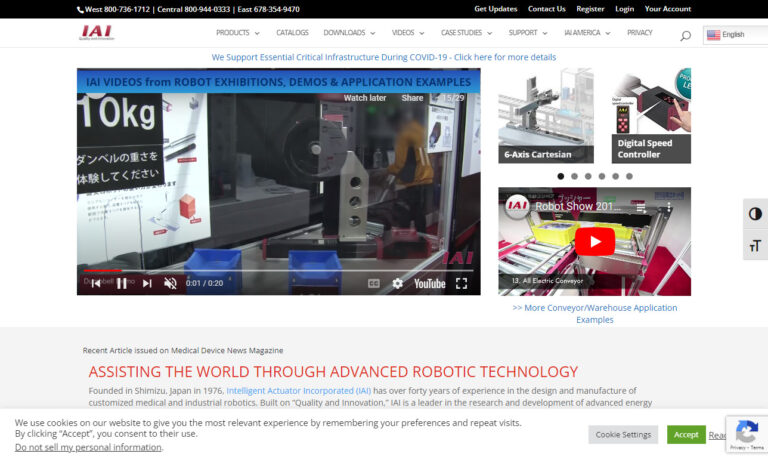
Isotech provides a number of different linear actuator & lifting columns for various applications. These products can be customized to meet your specific load requirements and travel distances. You can trust the accuracy of these solutions and the experts at Isotech is always available to assist you with your needs. Feel free to contact them today to learn more information!
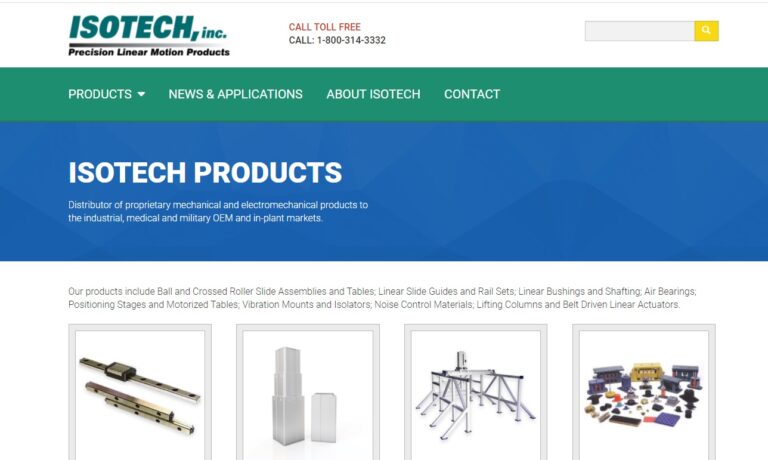
ElectroCraft hybrid stepper-based linear actuator solutions provide original equipment manufacturers the precision, performance and reliability that is required for a wide variety of motion control positioning applications. From medical and laboratory equipment to industrial machinery, ElectroCraft offers configurable or completely customizable solutions in three unique product designs: linear...
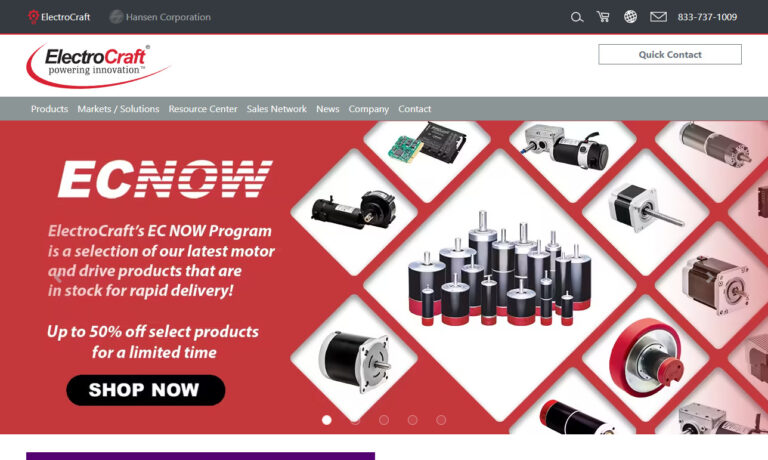
Our linear actuators are at the top of the market and on the leading edge of innovation. If you need a new design or modification to an existing design, we are the true professionals that you need to call.
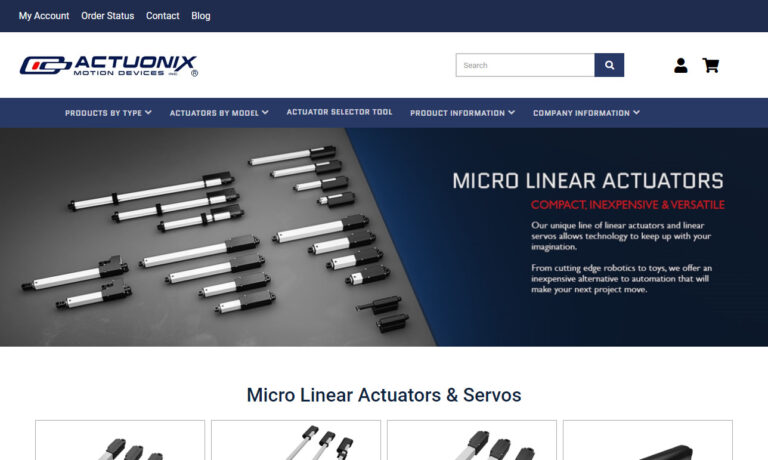
Tusk Direct’s specialty is linear motion components. We offer slides, bearings, lubricants and assemblies compatible with pneumatic or electric actuators and actuator systems.
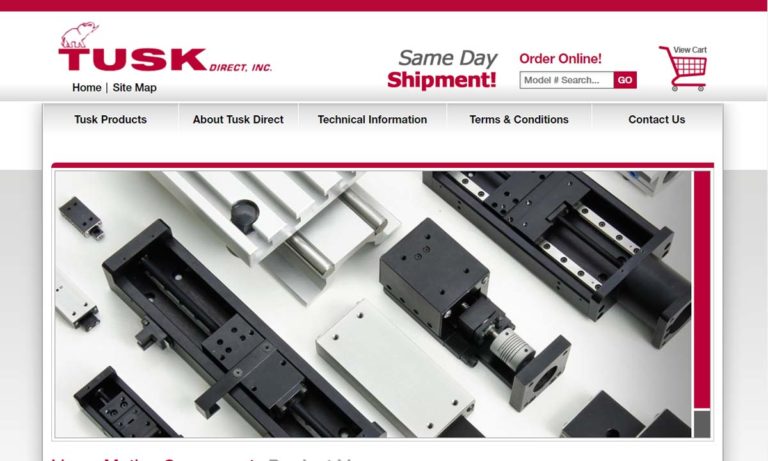
More Linear Actuator Manufacturers
Linear actuators are versatile devices capable of functioning in extreme conditions, such as underwater environments or vacuums. Furthermore, they frequently serve as precise transmitters of energy, seamlessly delivering specific amounts to other mechanisms or equipment within a system.
Manufacturers of linear actuators play a crucial role in enabling robotic processes across a variety of industries. Their contributions are vital in sectors such as automotive, biotechnology, pharmaceuticals, food production, packaging, and electronics.
The History of Linear Actuators
While the precise birthdate of the linear actuator remains shrouded in mystery, its early ancestors began emerging during the Industrial Revolution. By the 1800s, craftsmen and manufacturers in both America and Britain were harnessing tools that relied on linear actuators. Throughout the century, these innovators not only utilized but also invented, refined, and standardized numerous basic linear actuator types and their close kin.
Leap ahead a century, and we arrive at the creation of the first electric actuator. In 1979, Bent Johnson invented this device to enhance the functionality of a friend’s wheelchair. His innovation quickly gained traction, revolutionizing automation across various sectors, with a significant impact on agriculture.
Decades have passed, and we now find ourselves in an era where actuators have evolved to a remarkable level of sophistication. These advanced devices vary greatly in size, extending down to the intricate micro linear actuators, showcasing a wide spectrum of complexity.
Design
Manufacturers of linear actuators produce a variety of standard models tailored to the most common application needs. Additionally, they offer custom solutions. If a standard actuator doesn’t fulfill your specific requirements, you might want to consider requesting a custom design.
When manufacturers embark on custom designing a linear actuator, they meticulously consider numerous factors. They tailor the actuator’s specifics to align with application requirements such as the operational environment, load weight, usage frequency, and standard compliance. The design elements chosen encompass actuator type, material, input voltage, IP rating, load capacity in pounds, load speed, and actuator size. Typically, the materials used are robust, often stainless steel or other strong options like anodized extruded aluminum.
Features
Linear actuators are typically computer-controlled, though some can be manually guided. They can be powered by various forces, including hydraulic, pneumatic, mechanical, electromechanical, and piezoelectric.
In most actuators, linear motion is accomplished through a ball screw design. This involves a screw rod rotating within a housing, producing linear movement. The rotation of the ball screw actuator is powered by a timing belt drive, worm gear, or direct drive. As the screw rotates, it propels a drive nut along its length, causing the rod to extend. When the rotation is reversed, the rod retracts. A protective cover shields the screw from dirt and other contaminants that might obstruct its movement. Even under a load, specialized radial thrust bearings enable the screw to move smoothly.
Types
In specialized applications, it’s common to employ piezoelectric and telescopic actuators.
Electric Linear Actuator
Electric linear actuators are engineered to deliver precise, automated straight-line movement for various functions such as locking doors, braking machinery, and opening or closing dampers. These devices operate through mechanisms powered by thermal expansion, mechanical transmission, or electromagnetism. Their construction features components like linear guides, motors, and a drive system that transforms electrical energy into linear displacement.
Electric Rotary Actuator
Despite their lack of linearity, rotary actuators serve similar roles in automated assembly applications. Electric rotary actuators, true to their name, are driven by electricity. They consist of electric motors, an output shaft facilitating rotary motion, and a limit switch to control movement. These actuators are commonly utilized in automating quarter-turn valves, robotics, and the controlled rotational movement of windows and gates. When used with valves, they are specifically referred to as valve actuators.
Pneumatic Actuator
Pneumatic actuators operate by utilizing gas to apply pressure on a piston. Commonly, users take advantage of air compressors to harness this functionality. While pneumatic actuators are cost-effective and user-friendly, they can be noisy and frequently inefficient. Therefore, if you’re contemplating the use of a pneumatic actuator, it’s crucial to carefully balance the advantages and disadvantages.
Piezoelectric Actuator
Piezoelectric actuators are known for their compact size and remarkable precision. In a piezoelectric configuration, spindle actuators facilitate vertical movement. They are ideal for applications demanding extremely accurate positioning over short distances and for handling fluid films. Often referred to as ultrasonic actuators, they play a crucial role in these high-precision tasks.
Electro-Mechanical Actuator
Electro-mechanical actuators operate using a fundamental mechanism similar to other mechanical actuators, but they distinguish themselves by employing an electric servo motor to create rotary motion, rather than relying on a handle or knob. This type of actuator can be designed in various ways, including compact configurations.
Fluid Power Linear Actuator
These actuators operate mechanically, employing piston and cylinder mechanisms to generate linear movement. They derive their motion power from variations in air pressure, gas, or hydraulic fluid. Typically, fluid power linear actuators are utilized in tasks such as welding, clamping, and controlling the opening and closing of damper doors.
Fluid Power Rotary Actuator
Fluid power rotary actuators operate similarly to fluid power linear actuators, but instead of converting energy into linear movement, they produce rotational motion. This is achieved through a combination of piston and cylinder mechanisms, a gearing system, an output shaft, and varying pressure of air, gas, or hydraulic fluid. Much like their linear counterparts, rotary actuators are commonly employed in applications such as welding, clamping, and opening or closing damper doors.
Manual Actuator
Manual actuators employ rotating screws, hand-operated knobs, or wheels, paired with guided linear motion mechanisms and gearboxes. These motion mechanisms can consist of racks, pinions, and lead screws, or they can be belt-driven. Manual actuators excel in applications requiring precise positioning for manipulating tools and workpieces.
Telescoping Linear Actuator
Telescoping linear actuators, a specialized type of linear actuator, comprise concentric cylinders known as pillars. These actuators collapse or expand to enable a wide range of motion. Often referred to as telescoping pillars, they are ideal for confined spaces due to their compact retracted height and robust load-bearing capacity. These features make them particularly suited for medical equipment and surgical tables where space efficiency and strength are paramount.
Linear Chain Actuator
Linear chain actuators deliver controlled linear motion for various applications by utilizing sprockets and chain segments. They come in a range of sizes and chain styles, typically featuring driving gears to generate the necessary force for movement. These actuators are commonly employed in applications requiring straight-line push or pull motion.
Linear Motor
A linear motor differs from an electric rotary motor by utilizing magnetic field structures along its actuator length to generate motion. Despite its relatively modest load capacity, it excels in environmental adaptability, thriving even in harsh conditions. Its durability ensures a prolonged operational lifespan, and notably, it operates without the need for a lead screw conversion.
Miniature Linear Actuator
Miniature electric linear actuators are common for small-scale applications. Nevertheless, a few opt for piezoelectric power to achieve precise and short-range movements.
Stepper Motor Linear Actuator
Stepping into precision with the force of a DC stepper motor, this type of actuator harnesses the brilliance of brushless DC electric motors. It choreographs a seamless dance of movement, breaking down full rotations into precise, equal steps. With torque and speed finely tuned to the task at hand, it faithfully holds any position without the need for an external sensor. In fields like laser technology and optics, these stepper motor linear actuators are the virtuosos of precise positioning.
Accessories
Depending on its type and your specific needs, your linear actuator may benefit from additional items such as lubricants, monitoring tools, fuses, speed controllers, and digital timers.
Proper Care for Linear Actuators
To ensure the longevity and optimal performance of your linear actuators, diligent care is essential. This includes regular maintenance, proper lubrication, and careful storage practices.
Linear actuators need regular inspection to ensure smooth operation. They often need occasional adjustments to maintain proper oil distribution. Detecting and reporting issues early is crucial for optimal performance. Adequate lubrication is essential to prevent problems such as corrosion; the specific type and amount of lubricant depend on the actuator type and its application.
Standards
The performance criteria for your linear actuator are contingent upon its specific application. For instance, if integrated within an industrial valve, it must adhere to standards such as ISO 5210:2017, which pertains to attachments for multi-turn valve actuators. Additionally, American organizations like ASME and ANSI provide invaluable guidance and standard protocols for a variety of actuators and their applications. If your application spans healthcare, food processing, or military sectors, compliance with FDA and Mil-Spec standards becomes imperative. For detailed insights into standard requirements, consult industry authorities and your equipment manufacturer.
Things to Consider
Throughout this process, your initial step involves carefully defining your specifications, followed by selecting an appropriate manufacturer.
Be sure to note down your specifications when you’re mapping them out. Specifications include:
Speed:
The speed of the linear actuators determines how fast they can extend and retract. Depending on the application, there might be a need for rapid movement or a preference for slower, more precise motion.
Stroke length:
The actuator’s stroke length dictates its extension distance from the initial position. Smaller-scale tasks often demand a shorter stroke, while machining equipment and larger machinery necessitate a longer stroke for optimal performance.
Load rating:
When employing a linear actuator to push or pull an object, its capacity must match the weight of the object to ensure effective movement. The load rating specifies the maximum weight or load that the actuator can handle.
Programmability requirements:
Linear actuators are primarily employed for automating tasks, necessitating some degree of programming to interface with their operational environment. While certain actuators are limited to basic programming inputs, others offer sophisticated programming functionalities, accommodating more complex operational requirements.
Desired lifetime:
The lifespan of a linear actuator varies based on factors such as the materials employed, environmental conditions, and manufacturing standards. Generally, higher durability and superior manufacturing quality correlate with extended longevity for the actuator.
Type of motor and power:
Linear actuators can draw power from various sources such as electricity, hydraulics, and pneumatics, utilizing a diverse array of motors to generate this energy. They can operate on batteries, AC, DC, or specialized motor systems, offering flexibility in power supply and motor type.
Power-to-weight ratio:
Although not universally true, larger actuators generally offer greater power compared to their smaller counterparts. However, they also occupy more space and typically weigh more. Balancing size, weight, and power is crucial, especially in applications where weight is a critical factor.
Once you’ve compiled your list of specifications, the next step is to locate your manufacturer. To assist you in this process, we’ve crafted a comprehensive guide featuring our top picks among actuator manufacturing companies. You can easily find this guide just above these paragraphs. Review the offerings of each company to assess which products and services align best with your requirements. Narrow down your choices to a select group of three or four manufacturers that you believe hold the most promise for your project. Reach out to each one to discuss your detailed specification list. During these discussions, inquire about lead times, pricing, certifications, and delivery options. Your objective is to identify the manufacturer that is most capable and enthusiastic about meeting your needs.
After you’ve spoken with all the suppliers you’re interested in, compare and contrast their proposals with your goal in mind. Once you’ve determined the ideal manufacturer for your project, reconnect with them to initiate the next steps.
Check out our Solenoid Valves website

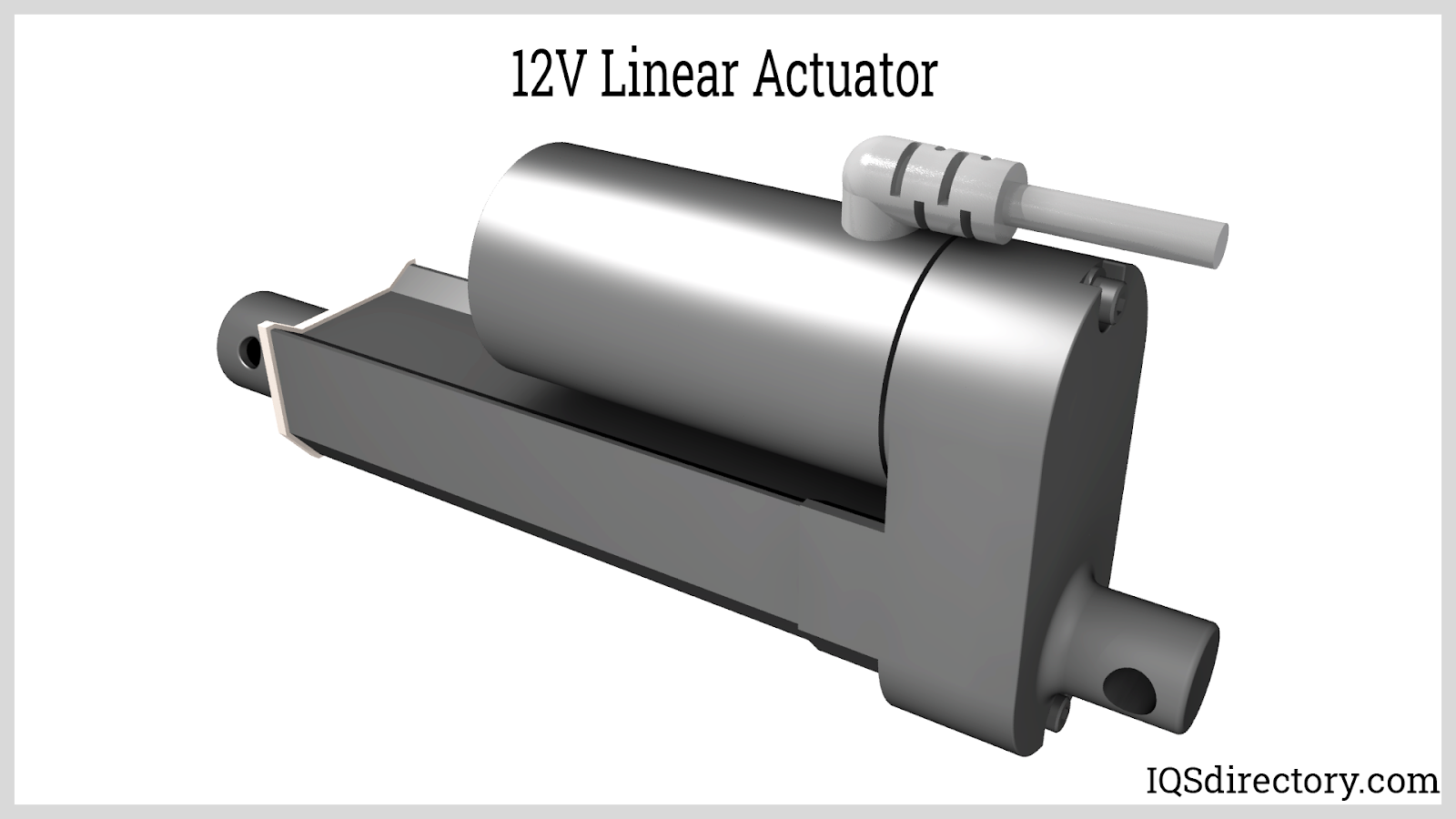
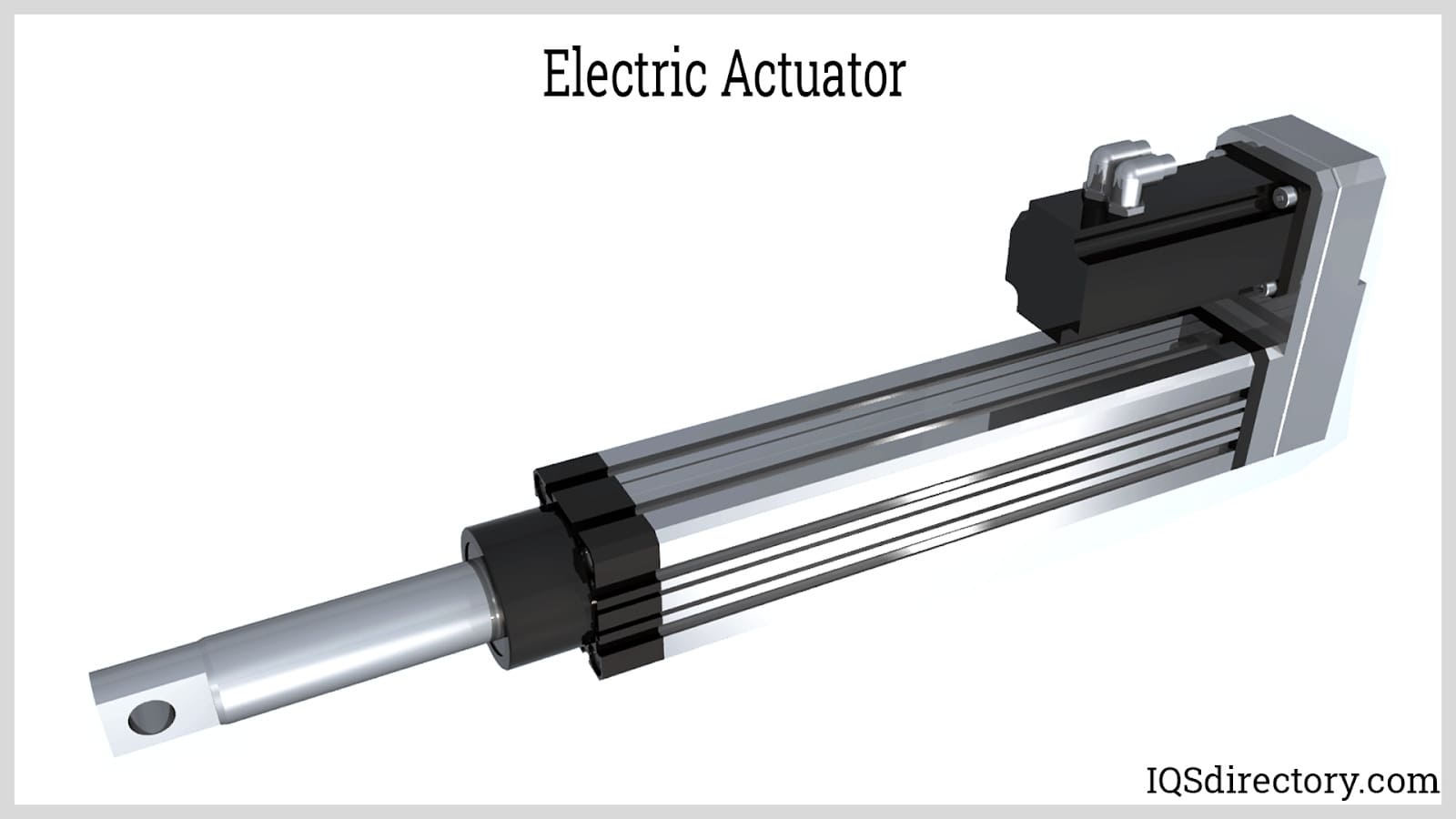
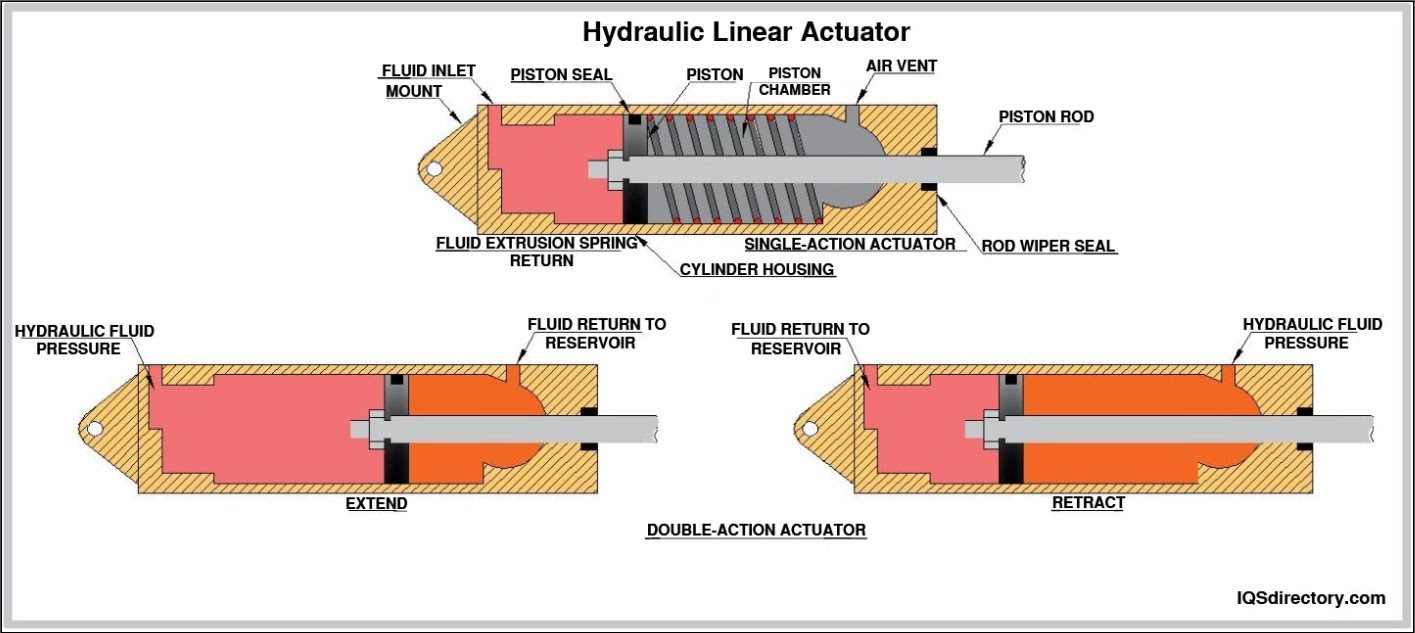
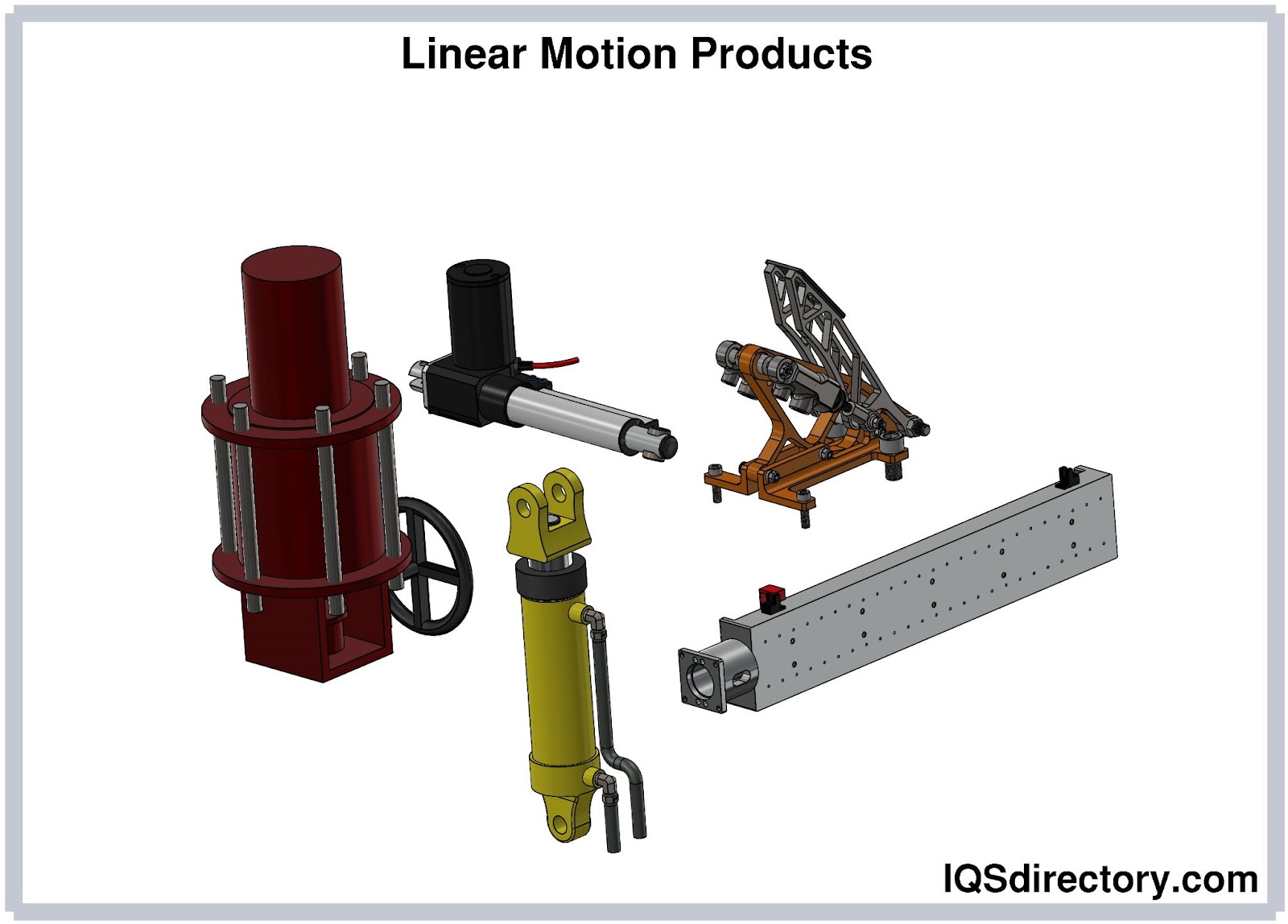
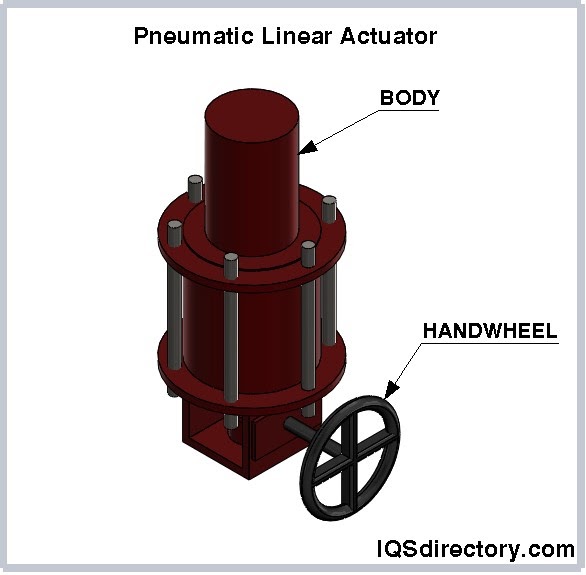
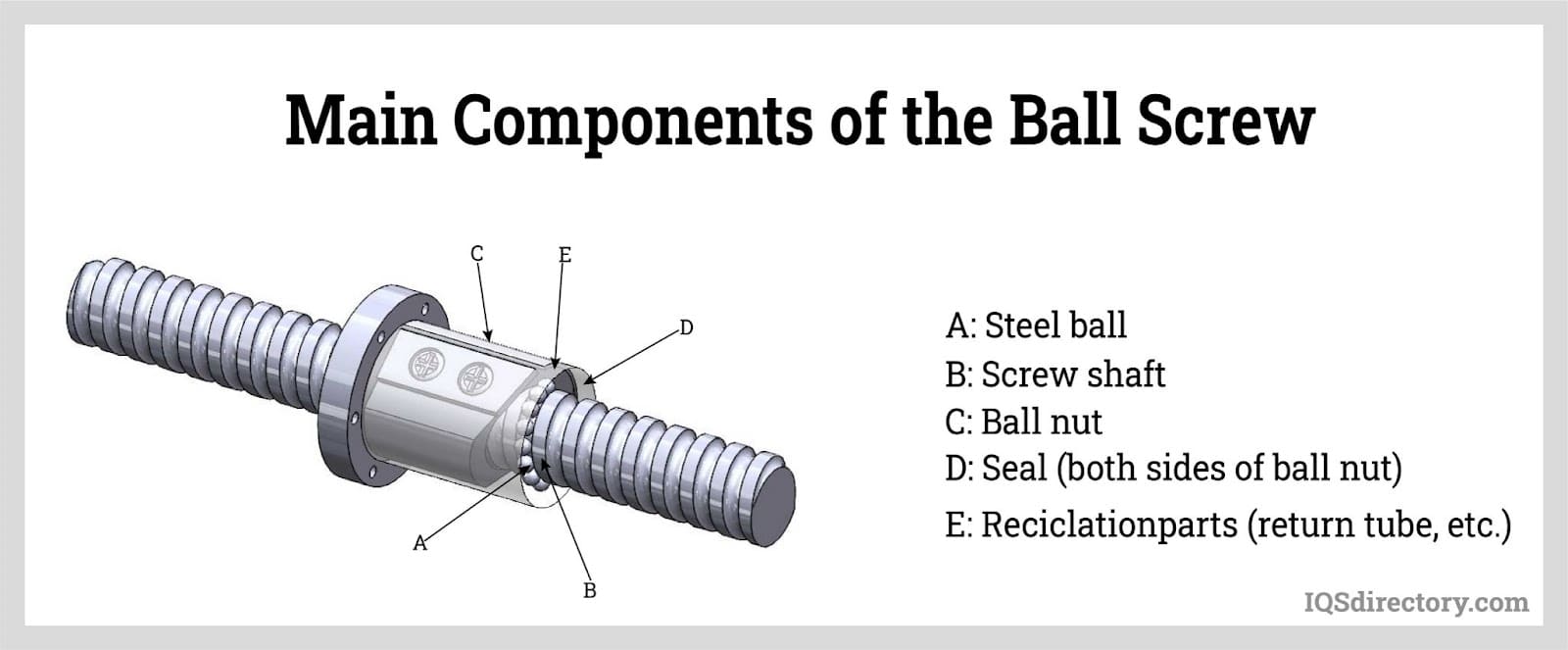
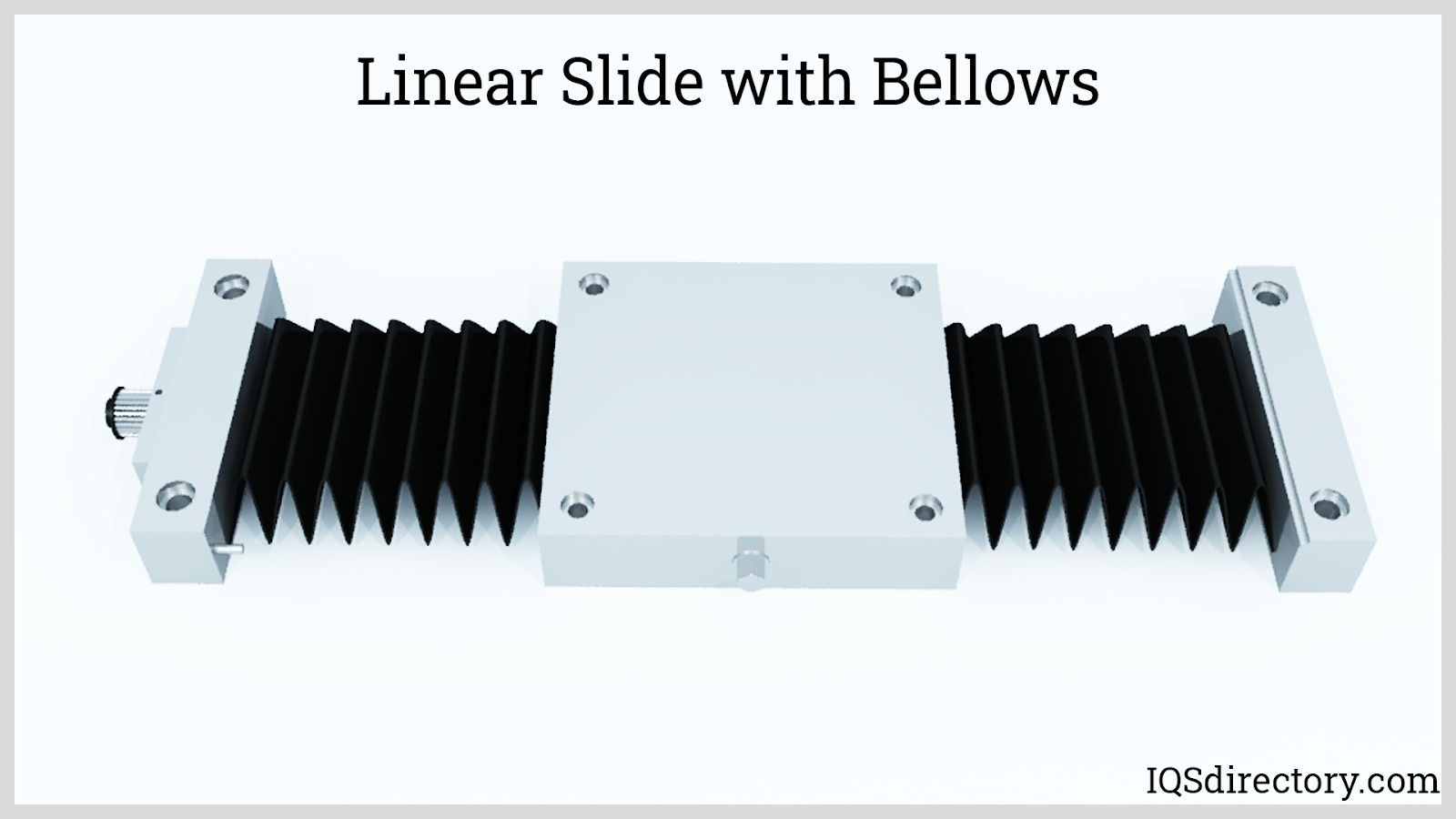
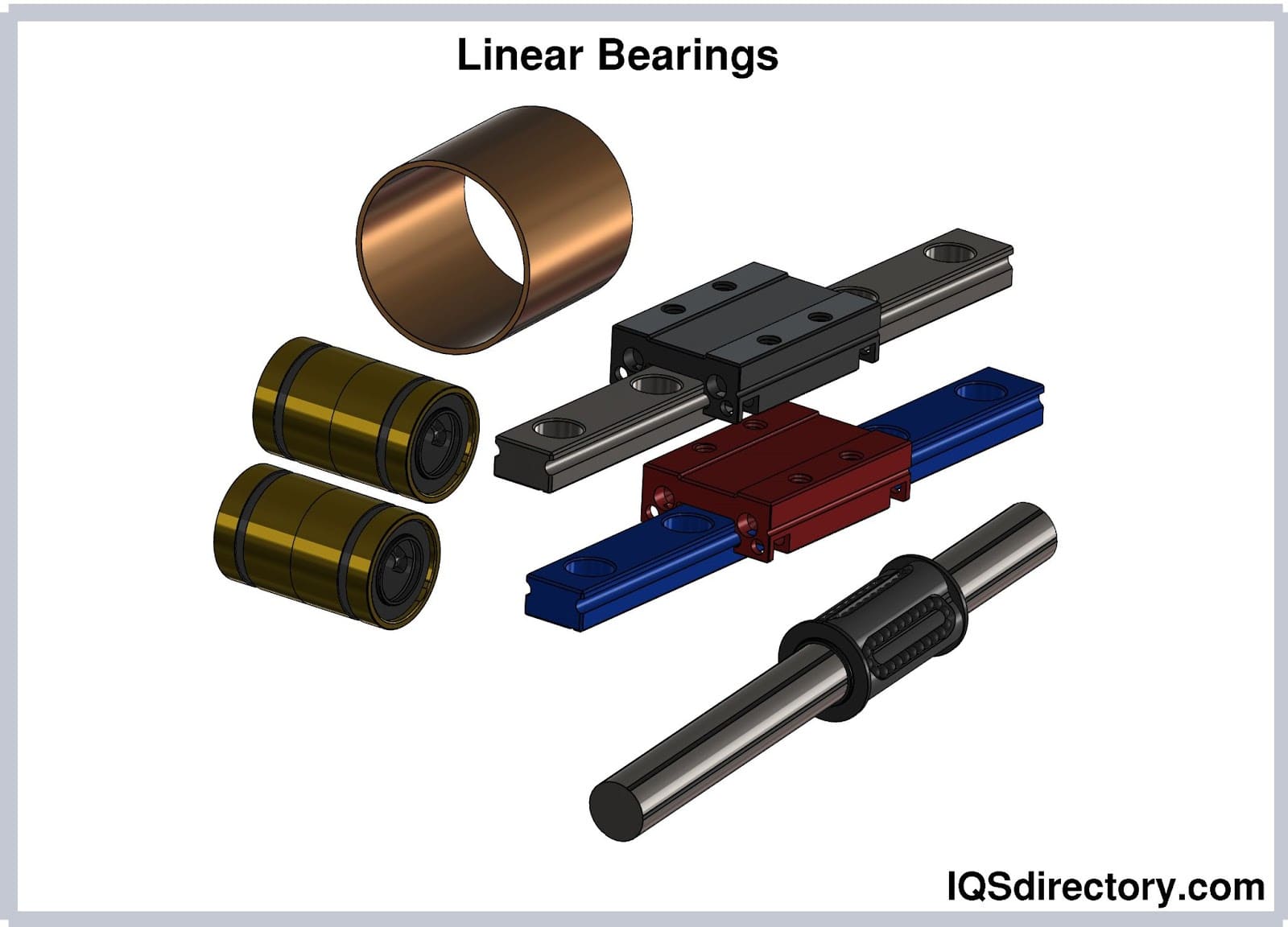
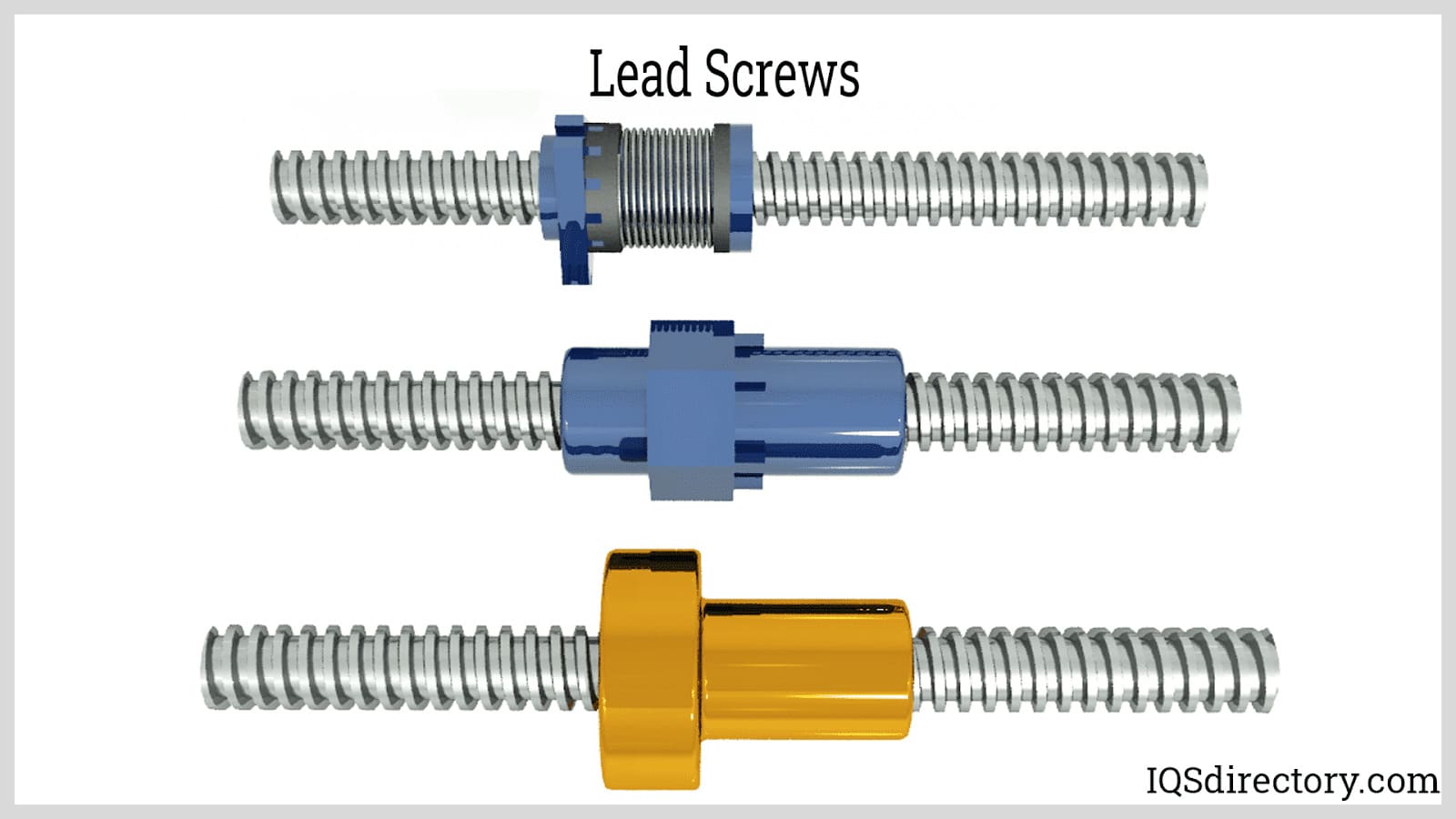
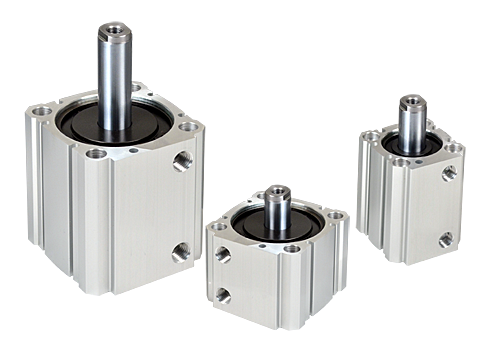 Air Cylinders
Air Cylinders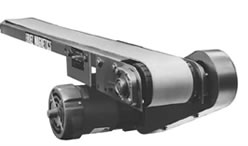 Assembly Machinery
Assembly Machinery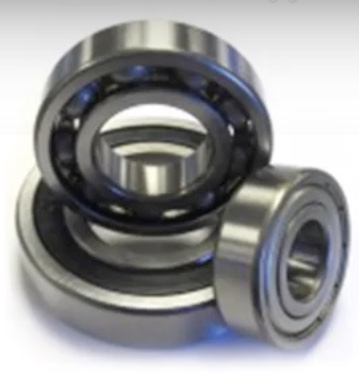 Ball Bearings
Ball Bearings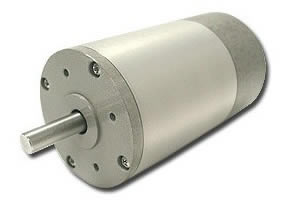 Electric Motors
Electric Motors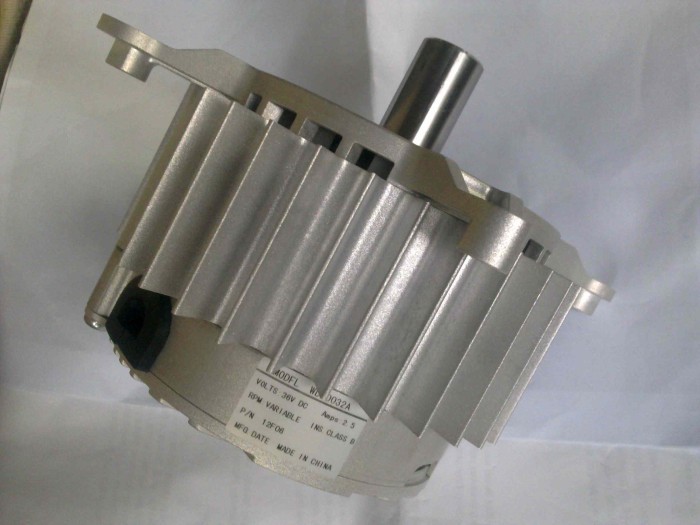 Fractional Horsepower Motors
Fractional Horsepower Motors Friction Materials
Friction Materials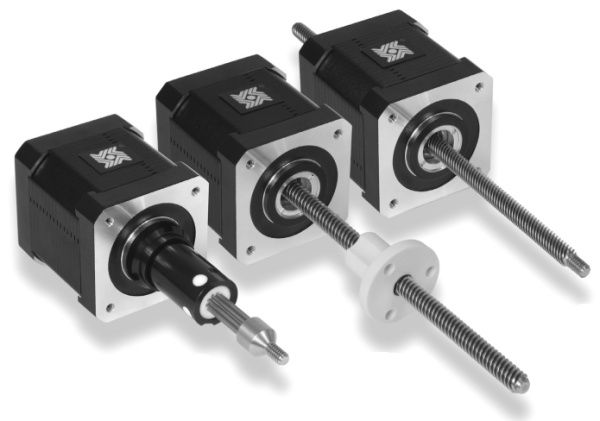 Linear Actuators
Linear Actuators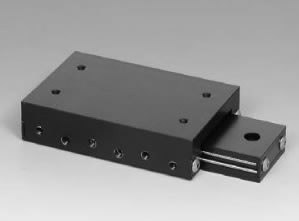 Linear Bearings
Linear Bearings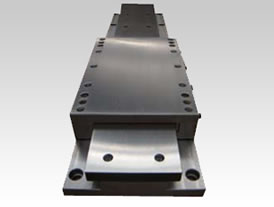 Linear Slides
Linear Slides Castings & Forgings
Castings & Forgings Bulk Material Handling
Bulk Material Handling Electrical & Electronic Components
Electrical & Electronic Components Flow Instrumentation
Flow Instrumentation Hardware
Hardware Material Handling Equipment
Material Handling Equipment Metal Cutting Services
Metal Cutting Services Metal Forming Services
Metal Forming Services Metal Suppliers
Metal Suppliers Motion Control Products
Motion Control Products Plant & Facility Equipment
Plant & Facility Equipment Plant & Facility Supplies
Plant & Facility Supplies Plastic Molding Processes
Plastic Molding Processes Pumps & Valves
Pumps & Valves Recycling Equipment
Recycling Equipment Rubber Products & Services
Rubber Products & Services